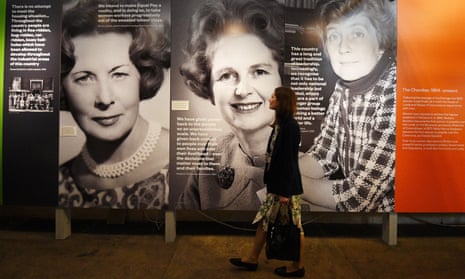A question has dogged every woman MP since Nancy Astor took her seat in the Commons 100 years ago, and it is one explored by Rachel Reeves in her book marking that centenary: should female parliamentarians focus on “women’s issues” or approach public policy and law-making as a male colleague would?
Reeves, the Labour MP for Leeds West, shows why it was necessary for women in Parliament to do the former – but in order to build a foundation for the latter, and eventually equality between male and female MPs. Without the pioneers throughout the decades that she celebrates – Eleanor Rathbone campaigning for family allowances, Barbara Castle fighting for equal pay for women, and Harriet Harman and Tessa Jowell pushing for better childcare provision – there would have been much slower progress. Women of Westminster includes female MPs beyond the most famous, those who have been largely forgotten in a political history written by men. As Reeves says, the book is a “biography of Parliament told by the women elected to it … an alternative history of Britain in the last one hundred years, told through the stories of political women”.
These achievements are all the more remarkable because of the challenges and hostilities they faced – from Astor being physically obstructed by some male MPs from taking her seat on the middle row of green benches, to women being overlooked for promotion to overt sexual harassment. In the 1960s, Shirley Williams and her female colleagues had their bottoms pinched by male MPs and so, in protest, wore stiletto heels which were dug into the feet of any offender – who would later be identified hobbling into the tearoom. Shirley Summerskill, a minister in a Harold Wilson government, had her hair stroked by a male MP who had stopped her in a Westminster corridor. She couldn’t report his behaviour to the Whips’ Office because the culprit was, in fact, the chief whip, Bob Mellish.
Reeves discusses female MPs who have, in the past century, risked their political careers to take a principled stand: Rathbone, an independent, joined the Conservative Duchess of Atholl and Labour’s Ellen Wilkinson to oppose appeasement of fascism, and yet their contribution has been overlooked by history. The duchess resigned as an MP in November 1938 to force a byelection – and yet did not receive public support from Churchill, who didn’t want to take a political risk (she lost). The theme of sisterhood across the parties runs through the book and the century. Today, female MPs are subjected to a barrage of abuse. Diane Abbott receives so many racist and misogynist threats a day that her office sends them in weekly batches to the police.
Women of Westminster shows how far female MPs have come, but how challenging their work remains.
